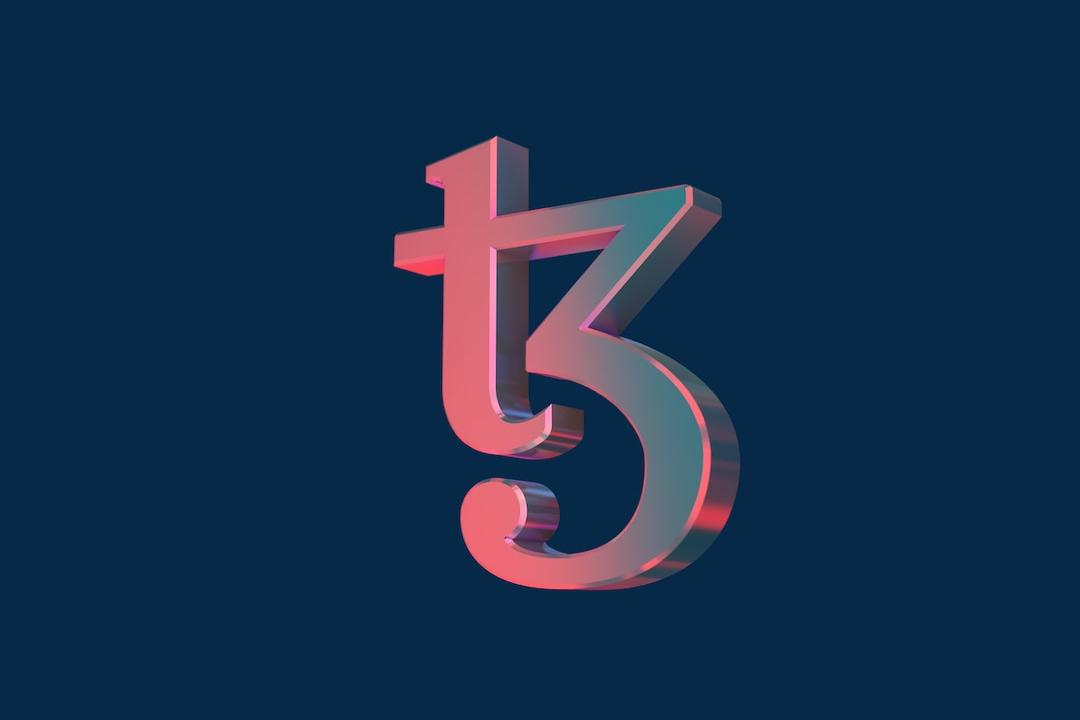
The world of on-chain prediction markets is transforming the way individuals partake in predicting outcomes, spanning from sports to finance. For instance, 
, a protocol for on-chain predictions markets, simplifies the process of creating and participating in prediction markets. By offering advanced tools, oracle solutions, and a unique liquidity model, Azuro empowers developers to swiftly build apps without any initial costs.
In this discussion, Dan Kaizer, the chief technology officer and core contributor of Azuro, explores the current landscape of on-chain prediction markets, the distinctive features of Azuro’s protocol, and the potential future of this evolving industry. Kaizer also provides insights on Azuro’s recent funding, partnerships, and the upcoming token generation event for the AZUR token.
Cointelegraph: What exactly are on-chain prediction markets and how do they operate?
Dan Kaizer: Throughout history, humans have had a fascination with predicting outcomes in various areas such as weather, stocks, sports, finance, and politics. Traditionally, if you wanted to bet on the outcome of an event, you would establish conditions through a middleman who would then match your prediction with a counterparty. However, with blockchain technology, intermediaries are no longer necessary. All transactions are executed through smart contracts.
Operating prediction markets off-chain can be challenging. It involves high development costs, obtaining accurate information, and ensuring liquidity. By utilizing Azuro’s on-chain model, we streamline many essential aspects, significantly reducing barriers to entry.
Adopting the Azuro protocol means that as an entrepreneur, you eliminate development and staffing expenses as well as payment processing concerns. Essentially, you can redirect resources towards key aspects of your business such as user acquisition and retention.
For end-users, the advantage is evident: all terms are regulated by smart contracts, eliminating any risks of manipulation.
CT: How does Azuro position itself in the on-chain predictions market? What makes Azuro stand out from its competitors?
DK: At Azuro, we have tackled one of the biggest challenges in the industry – liquidity. We have introduced a peer-to-pool model that efficiently distributes liquidity across different markets without exposing liquidity providers (LPs) to excessive risks. This means that LPs no longer need to manually create markets or take on specific risks.
Azuro operates on a permissionless basis, with all transactions and market activities governed by smart contracts. This ensures transparency for all parties involved, from LPs to end-users.
Since our launch, over 28 applications have utilized our protocol, attracting more than 27,000 unique users and generating over 4 million transactions. To date, the protocol has facilitated volumes exceeding $360 million.

Source: Dune
Azuro has the capability to support any Ethereum Virtual Machine (EVM) compatible blockchain. We have integrated networks that understand the challenges of on-chain prediction markets. Our expanding ecosystem has positioned us as one of the fastest-growing protocols on Gnosis and a revenue leader on Polygon PoS.

Source: Azuro
CT: Azuro recently secured substantial funding from prominent venture capital firms. Could you provide details about this funding round and how you plan to utilize the funds?
DK: In April of this year, we announced a successful raise of $11 million. This round was supported by leading contributors such as SevenX Ventures, Fenbushi Capital, Arrington Capital, Polymorphic Capital, Red Beard Ventures, Dewhales, and G1 Ventures. Many of these contributors were participants in Azuro’s seed round, demonstrating their continued support as we progress towards exciting milestones on our roadmap.
The funds raised in this round will be deployed to further accelerate ecosystem development and enhance Azuro’s offerings. Within the predictions industry, there are numerous unexplored niches that could potentially bring substantial revenue to businesses operating on Azuro. With this new funding, we aim to tap into these opportunities.
CT: Azuro has teamed up with Chiliz to expedite the adoption of on-chain sports prediction markets. Can you elaborate on this partnership and its anticipated impact on both Azuro and the sports prediction market?
DK: Azuro and Chiliz have formed a strategic partnership with the goal of accelerating the adoption of on-chain sports prediction markets. The main objective is to provide millions of fans worldwide with additional support and engagement for their favorite teams and athletes through fair and transparent prediction apps.
As part of this collaboration, Azuro has integrated support for Chiliz Chain, allowing developers to create apps using the combined infrastructure. New and existing developers relying on Azuro’s infrastructure can connect their apps to the Chiliz Chain, enabling users to transact with the blockchain’s native token, CHZ.
CT: With over 25 apps already leveraging Azuro, what approach has been taken to attract and support developers and projects within your ecosystem?
DK: Initially, the challenge was attracting the first set of apps. Once we had successful examples like bookmaker.xyz and Bookiebot, interest began to grow. However, the crucial next step was establishing a clear process that outlined how everyone in our ecosystem could collaborate effectively. Comprehensive and well-structured documentation became essential for this purpose.
Additionally, creating and nurturing a developer community on Discord played a vital role. These responsibilities, among others, are managed by our developer relations (DevRel) team. In the crypto space, the role of DevRel is increasingly crucial, and for us, it is a necessity.
CT: Azuro is gearing up for the token generation event (TGE) for the AZUR token. What can you share about the upcoming TGE and its significance for Azuro?
DK: The TGE is a significant event within the Azuro ecosystem. It is highly anticipated as it signifies a significant step towards further decentralizing the governance of our protocol. Holders of the AZUR token will have the ability to vote, stake, and receive benefits as the ecosystem expands.
Apart from its utility within the protocol, the TGE can also help draw more attention to the project, potentially leading to increased volumes on the protocol and a higher number of applications being launched.
CT: Looking ahead, how do you envision the future of on-chain prediction markets?
DK: The global online prediction markets are projected to reach a value of $137 billion by 2029. If even 20% of that market share transitions to on-chain platforms, we are looking at an opportunity worth over $20 billion. This is a realistic scenario in my view. People are naturally inclined towards solutions that offer improved conditions. Traditional prediction markets have shortcomings that on-chain solutions like Azuro effectively address. Therefore, I anticipate a growing number of users across platforms within the industry.
For Azuro, we are continuously evolving to better cater to the needs of builders and users. We are exploring the launch of a native Ethereum layer 2 optimized specifically for on-chain prediction applications and their user base. In the short term, this could result in the introduction of new business verticals that offer additional monetization opportunities for entrepreneurs, such as turn-key on-chain games.
Learn more about Azuro
Disclaimer: Cointelegraph does not endorse any content or product on this page. While we strive to provide essential information in this sponsored article, readers should conduct their own research before making any decisions related to the company and assume full responsibility for their choices. This article should not be considered as investment advice.

